I know I have written about this before, and I’m sure there is an article buried in the archives harping on the same issues here, but I think it’s an important topic.
Whether you are a Seller looking to value your own land, or a Buyer looking to acquire land of your own in the Tetons, understanding what impacts value is extremely important. This comes up time and again, particularly when it comes to the size of a parcel when compared with another. While the size of a parcel can obviously have an impact on value, it may not always be as much as you think. As an example, the difference in value of a 2.5 acre parcel compared with a 3.2 acre parcel (despite a 20%+ difference) will often be negligible. To further elaborate the example, the value of a 1 acre parcel adjacent to a 2.5 acre parcel in the same development may not only be negligible, but in many cases the smaller parcel could carry significantly more value. With that being said, let’s go through my list of value considerations when comparing parcels or lots that are otherwise “like in kind”, such as those in the same development, or in nearby developments.
In particular order, and of most significance to least in terms of my opinion of value, take a look, below.
1: View. While I wouldn’t necessarily always put this attribute on top, it is often of great consideration, particularly in subdivisions comprising 1-5 acre parcels, which is a typical size throughout the county. A parcel with view protection by way of building envelopes, terrain, roadways or otherwise can have significantly more value than one with some type of obstruction, or potential for obstruction. This can become even more important when it comes to Teton views.
2: Location. I’m not necessarily talking about location inside of a particular area, but location compared with another property sale or listing. A parcel adjacent to a main county or state roadway would often be considered of lesser value when compared with one nearby that might have more privacy. Location considerations can also come in the form of nearby features, which leads me to the next point.
3: Features. As indicated above, features and location often correspond with one another. A row of trees, a fire suppression pond, a berm, canal or any number of property features (which don’t necessarily need to be on the properties themselves) can impact value or bring added value.
4: Subdivision Attributes. While the property that one might be investigating may not even be in a subdivision, the chances are likely that one in the market for a building site is going to be looking at properties that are. However, not all subdivisions are created equally. Some offer advantages such as paved roads or favorable covenants and restrictions. In many cases, properties with minimal restrictions or no restrictions at all can bring more value than one with firm design criteria or subdivision restrictions. On the flip side, a development with great quality as a result of a well-organized homeowner’s association with robust design guidelines can also create an advantage compared with another nearby development that does not. These considerations can come in many different shapes and sizes. Another great example is rental restrictions.
5: Environmental or Adjacent Property Considerations. Examples can be wide-ranging, but might include high ground water which could prohibit certain construction types or add cost to construction methods, nearby factors such as farm equipment or older homes, and so on. The list can go on from here, but like many of the other considerations above, can also dovetail with some of these other listed items.
6: Size. Last, but not necessarily always least as I prefaced in the beginning of this article, size. I hope this article has made it easier to understand why acreage and its impact on value can be deceiving. Remember that a larger parcel often carries the same benefits with respect to flexibility and rights that a smaller property may have. If you’ve read many of my other articles, you’ll know that typically when it comes to subdivision parcels, most properties can accommodate a single family home and guest quarters, whether it’s 1 acre or 100 acres. Further, splitting land can challenging and oftentimes impossible. Teton County’s land development code does not provide opportunities for additional dwelling units without specific and rare zoning considerations. While size can definitely have an impact on value, it needs to be significant enough to the point that it may no longer be comparable with another property. These limitations on smaller parcels could include room for livestock, limitations on building a barn, or providing ample space for a detached guest house.
